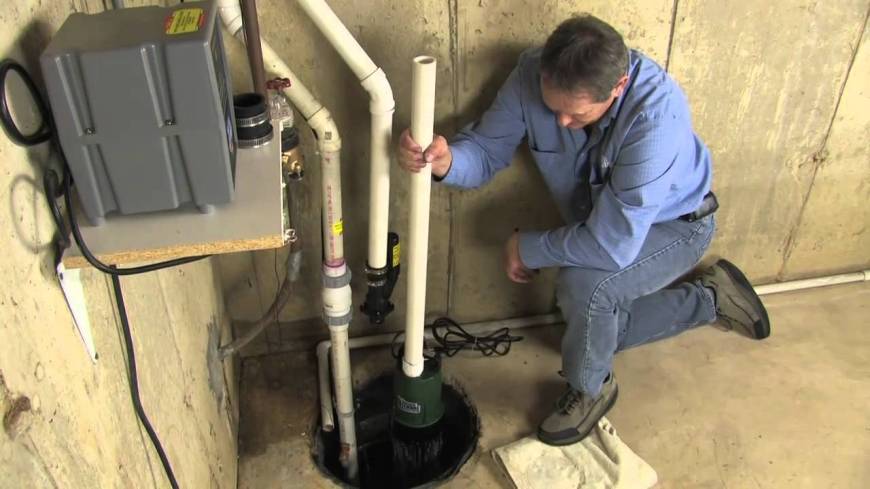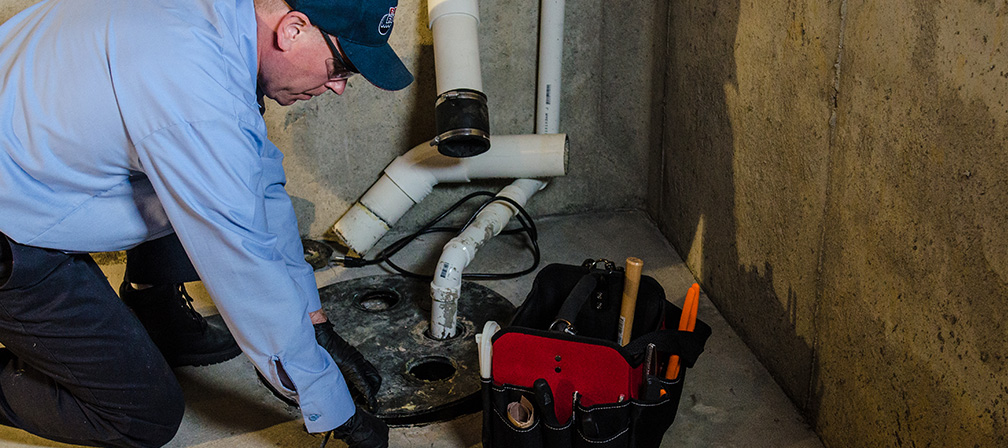Listed here further down you can find a good deal of incredibly good resources pertaining to How To Effectively Clean A Sump Pump.

Sump pumps are vital components in many homes, particularly in locations prone to flooding or extreme moisture. They aid prevent water damages by efficiently removing excess water from cellars or crawl spaces. Nevertheless, like any other appliance, sump pumps require routine upkeep to ensure they operate successfully when needed one of the most. Cleansing your sump pump is an essential part of its upkeep, and understanding exactly how to do it appropriately can save you from expensive repair work and possible catastrophes.
Introduction
Keeping a clean sump pump is important for its correct functioning and longevity. Ignoring this important job can cause obstructions, breakdowns, and ultimately, water damages to your residential or commercial property. Consequently, discovering how to cleanse a sump pump is critical for homeowners that depend on these devices to keep their cellars completely dry and protected.
Indicators of a Dirty Sump Pump
Understanding when your sump pump needs cleansing is essential for preventing potential malfunctions. Some common indicators that indicate a dirty sump pump consist of odd noises during procedure, decreased water flow, and visible particles in the pit. If you notice any one of these signs and symptoms, it's necessary to cleanse your sump pump promptly to avoid any more problems.
Getting ready for Cleansing
Before you start cleaning your sump pump, it's vital to take some safety precautions. Start by turning off the power to the pump to avoid any type of electric mishaps. Additionally, put on proper safety gear, such as handwear covers and safety glasses, to protect yourself from dust, particles, and possible microorganisms.
Recognizing the Sump Pump
Prior to diving right into the cleansing procedure, it's important to have a standard understanding of just how a sump pump functions. Commonly installed in a pit or container listed below the basement flooring, a sump pump contains numerous crucial parts, consisting of a pump, a float switch, and a discharge pipe. When water collects in the pit, the float switch triggers the pump, which after that pumps the water out with the discharge pipeline, away from the structure's foundation.
Step-by-step Guide to Cleaning Up a Sump Pump
Shutting down the Power
Begin by disconnecting the power supply to the sump pump to stop any kind of crashes while cleaning.
Checking for Proper Performance
Before reinstalling the pump, carry out a quick examination to make sure that the float button triggers the pump properly. Pour some water into the sump pit and observe the pump's operation. If every little thing is working properly, you can reconstruct the pump and reconnect the power supply.
Getting Rid Of Particles and Dust
Make use of a pail or an inside story to get rid of any kind of visible debris, dust, or sediment from the sump pit. Dispose of the debris appropriately to avoid it from clogging the pump or the discharge pipeline.
Cleaning up the Pump and Drift Switch Over
When the pit is free from debris, very carefully remove the pump from the pit. Evaluate the pump and the float switch for any kind of signs of damages or wear. Use a soft brush or fabric to clean the surfaces and eliminate any kind of gathered grime.
Flushing the System
After cleaning up the pump and float button, purge the sump pit with tidy water to get rid of any type of staying dust or sediment. This will help make certain that the pump runs efficiently and efficiently.
Maintenance Tips to Maintain Your Sump Pump Clean
In addition to periodic cleaning, there are several upkeep ideas you can follow to keep your sump pump in ideal problem:
Verdict
Cleansing your sump pump is a vital facet of its upkeep and ensures that it operates successfully when you need it one of the most. By adhering to the actions laid out in this overview and integrating regular upkeep into your regimen, you can prolong the lifespan of your sump pump and shield your home from water damage.
6 STEPS ON HOW TO CLEAN A SUMP PUMP PROPERLY
UNDERSTANDING SUMP PUMPS
Your sump pump plays a crucial role in protecting your home by managing and removing excess water. It primarily functions as a “shield”, guarding your basement against the damaging effects of water accumulation. The pump is housed in a sump pit in the lowest part of your basement, and its job is to pump out any water that collects there.
During heavy rainfalls or when snow melts rapidly, water can infiltrate your basement, posing potential risks like flooding, structural damage, and harmful mold growth. Here, the sump pump springs into action, pumping out the intruding water and directing it away from your home.
SAFETY FIRST
Before cleaning, remember to prioritize safety. Disconnect the sump pump from the power source to prevent any accidental electric shocks. Also, wear sturdy gloves to protect your hands from any sharp or dirty components within the pump.
REMOVE THE SUMP PUMP
After ensuring your safety, the next step is to remove the sump pump from its pit. Doing this might require careful maneuvering as you don’t want to damage any pump components. Once removed, clean the sump pit to remove any accumulated debris or sludge.
INSPECT THE PUMP
Inspect the pump for any visible signs of wear or damage. Check the power cord, float switch, and impeller housing. If any components look worn out or damaged, consider replacing them to ensure optimal performance.
CLEAN THE PUMP
Thoroughly clean the pump with warm, soapy water. Make sure to rid it of any dirt, gravel, or other debris that might impede its performance. You can use a toothbrush to clean the small, hard-to-reach parts of the pump.
REINSTALL THE SUMP PUMP
Reinstall the pump into the sump pit Make sure it’s positioned correctly to remove the water effectively Once it’s back in place, reconnect it to the power source TEST THE PUMP
Finally, pour some water into the pit to ensure the pump works correctly. It should start automatically and begin pumping out the water; if it doesn’t, check the power source and the positioning of the pump.
Remember, while cleaning your sump pump is an essential part of home maintenance, hiring a professional plumber for a thorough inspection and cleaning at least once a year is also important. This will ensure that your pump is in optimal condition, ready to protect your home from potential water damage.
BEST PRACTICES FOR CLEANING SUMP PUMP DISCHARGE PIPES
Regular Inspection: Regularly inspect your discharge pipes, especially during heavy rainfall or snowmelt periods. Look for any signs of blockage or damage. Early detection of problems can prevent serious issues down the line. Periodic Cleaning: Over time, sediment and debris can accumulate in the discharge pipes, impeding the flow of water. Regular cleaning helps keep the pipes clear and functioning efficiently. You can use a high-pressure water jet to effectively clean the pipes. Insulation During Winter: In colder climates, discharge pipes can freeze, blocking the outflow of water. Protect your discharge pipes from freezing temperatures by insulating them with foam pipe insulation. This will ensure the sump pump can continue to discharge water even in freezing conditions. Proper Positioning: The discharge pipe should be positioned to direct water away from your home’s foundation. Improper positioning can lead to water seeping back into the basement. Ensure the pipe is long enough and angled correctly. Installation of a Check Valve: A check valve prevents water from flowing back into your sump pit after the pump has pushed it out. Installing a check valve helps maintain the efficiency of your sump pump and reduces the risk of flooding. Minimize Pipe Turns: Every curve or turn in the discharge pipe can decrease the efficiency of water flow. By minimizing turns and bends in your discharge pipe, you can increase the efficiency of your sump pump. https://www.fullspeedplumbing.com/how-to-clean-a-sump-pump-properly9999/

I hope you enjoyed reading our section on Steps to Cleaning Your Sump Pump Properly. Thanks a ton for taking the time to read our short article. Feel free to pause to distribute this post if you liked it. We love reading our article about Keep Your Sump Pump Clean, It'll Keep You Dry.
Get A Free Estimate